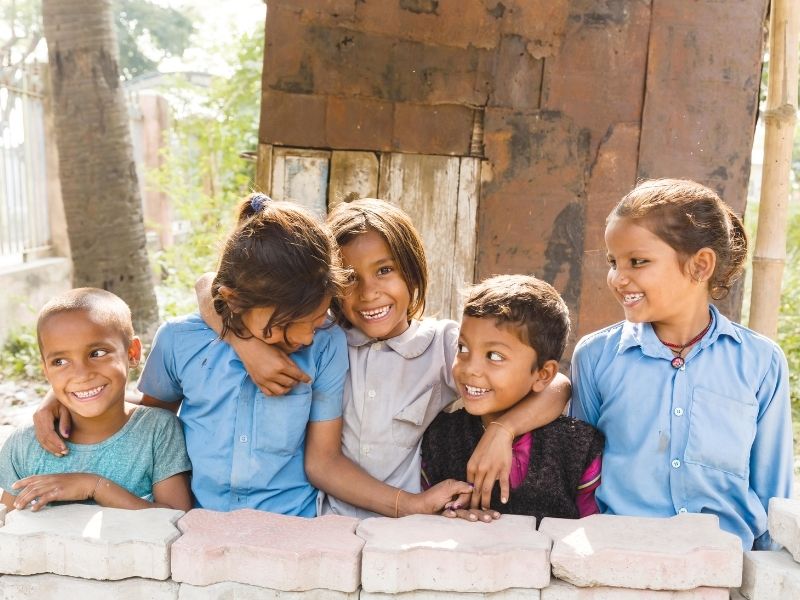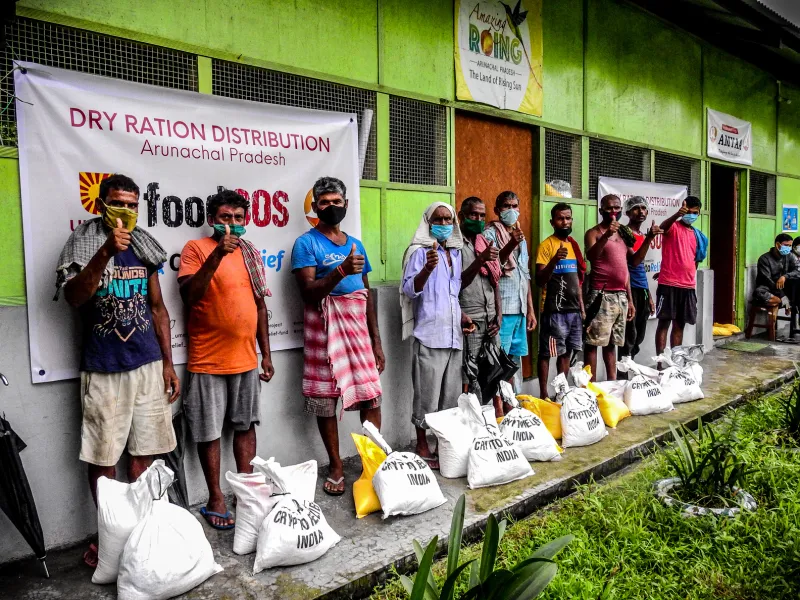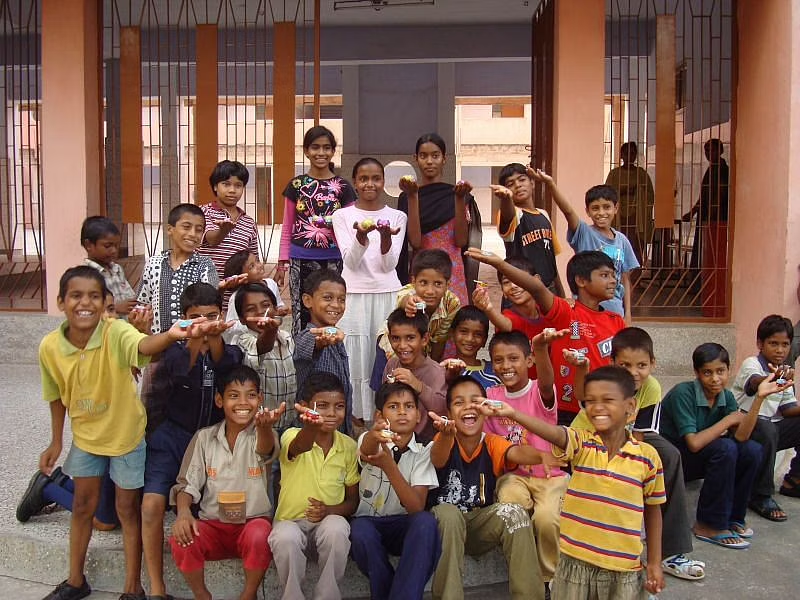Food Wastage
Food waste or food loss is that which is left uneaten or discarded. Food loss is not only at the end of the chain, but also at the beginning from the time of production, processing, retailing and consumption. According to the UN's Food and Agriculture Organization, one-third of the total global food production is wasted, costing the world economy about $750 billion. Annually, close to `31 million (70-75%) of waste is dumped into open landfill sites. Globally, India currently ranks seventh in terms of overall food wastageagricultural produce, poultry and milk.
Food Wastage Crisis in India
- Around 67 million tonnes of food is wasted in India every year which has been valued at around `92,000 crores; enough to feed all of Bihar for a year
- Annually, close to 21 million metric tonnes of wheat rots in India; a figure that is equal to Australia's total annual production
- According to the BMC, Mumbai generates close to 9,400 metric tonnes of solid waste per day, from which 73% is food, vegetable, and fruit waste, while only 3% is plastic. The garbage dumps in Mumbai are as tall as five or six storey buildings
- Delhi generates around 9000 metric tonnes of waste per day, with the country’s largest landfill located in East Delhi. This landfill is 70 acres vast and contains close to 12 million tonnes of waste that are as high as 50 feet.
Working Together To End hunger
Fighting Hunger Through Foodbanks
Fighting Hunger through FoodBanks Hunger knows no borders. It exists in low-income as well as in high-income countries. Considerable progress has been made in eliminating global hunger but significant regional differences continue to persist. Foodbanks are not-for-profit organizations that have an important role to play in the elimination of food insecurity. Foodbanks partner with donors of food on one hand and charitable organizations that work directly within the community on the other hand. They serve as the critical link between the sources of food and those in need of food in the communities. In 2019, about 750 million people worldwide were facing hunger, according to the UN World Food Programme, that is one in ten people in the world were exposed to food insecurity. The global Covid-19 pandemic has made the situation worse. According to the UN World Food Programme’s live Hunger Map, 880 million people across 92 countries do not have access to enough food.
Hunger in India
India, with a population of over 1.3 billion, has seen tremendous growth in the past two decades. Gross Domestic Product has increased 4.5 times and per capita consumption has increased 3 times. Similarly, food grain production has increased almost 2 times. However, despite phenomenal industrial and economic growth and while India produces sufficient food to feed its population, it is unable to provide access to food to a large number of people, especially women and children.
State of Hunger in India
According to FAO estimates in ‘The State of Food Security and Nutrition in the World, 2020 report, 189.2 million people are undernourished in India. By this measure 14% of the population is undernourished in India. Also, 51.4% of women in reproductive age between 15 to 49 years are anaemic. Further according to the report 34.7% of the children aged under five in India are stunted (too short for their age), while 20% suffer from wasting, meaning their weight is too low for their height. Malnourished children have a higher risk of death from common childhood illnesses such as diarrhea, pneumonia, and malaria. The Global Hunger Index 2020 ranks India at 101 out of 116 countries on the basis of three leading indicators -- prevalence of wasting and stunting in children under 5 years, under 5 child mortality rate, and the proportion of undernourished in the population.
Food Loss & Food Waste
On the other hand, it is estimated that nearly one third of the food produced in the world for human consumption every year gets lost or wasted. 40 percent of the fruits and vegetables, and 30 percent of cereals that are produced are lost due to inefficient supply chain management and do not reach the consumer markets. While significant levels of food losses occur upstream, at harvest and during post-harvest handling, a lot of food is lost or wasted during the distribution and consumption stages. Some food is also wasted on the shelves and in the warehouses of food businesses either due to excess production, introduction of new products, labeling errors, or due to shorter remaining shelf life. Such food could be saved by timely withdrawing it from the distribution network, aggregating it and then redirecting it to the people in need.
Key facts about hunger in India
India is home to the largest undernourished population in the world
189.2 million people i.e. 14% of our population is undernourished
20% of children under 5 are underweight
34.7% of children under 5 years of age are stunted
51.4% women in the reproductive age (15-49 years) are anaemic


